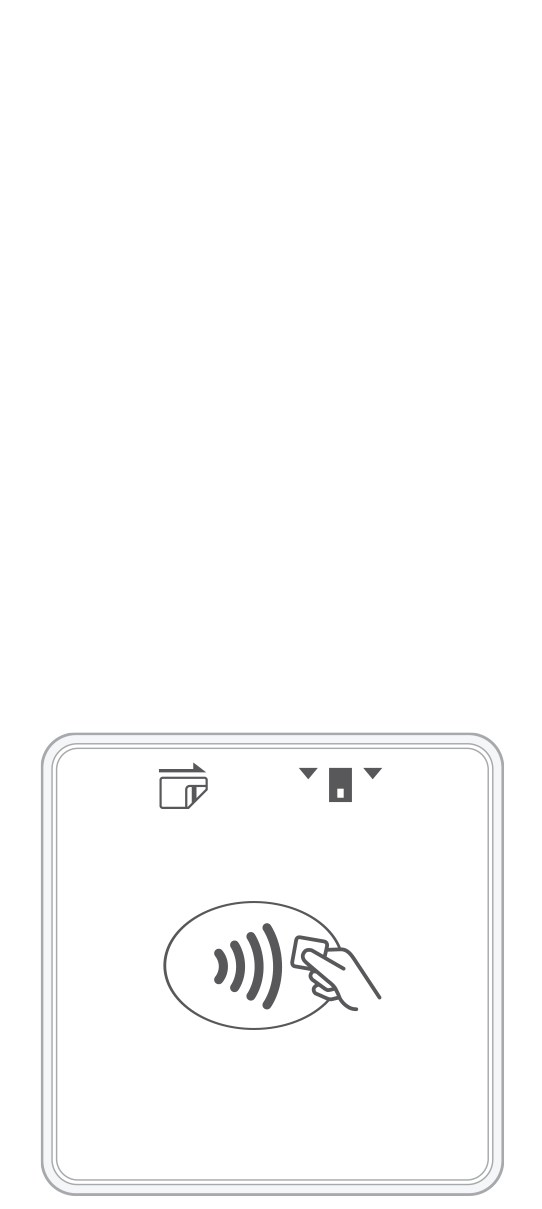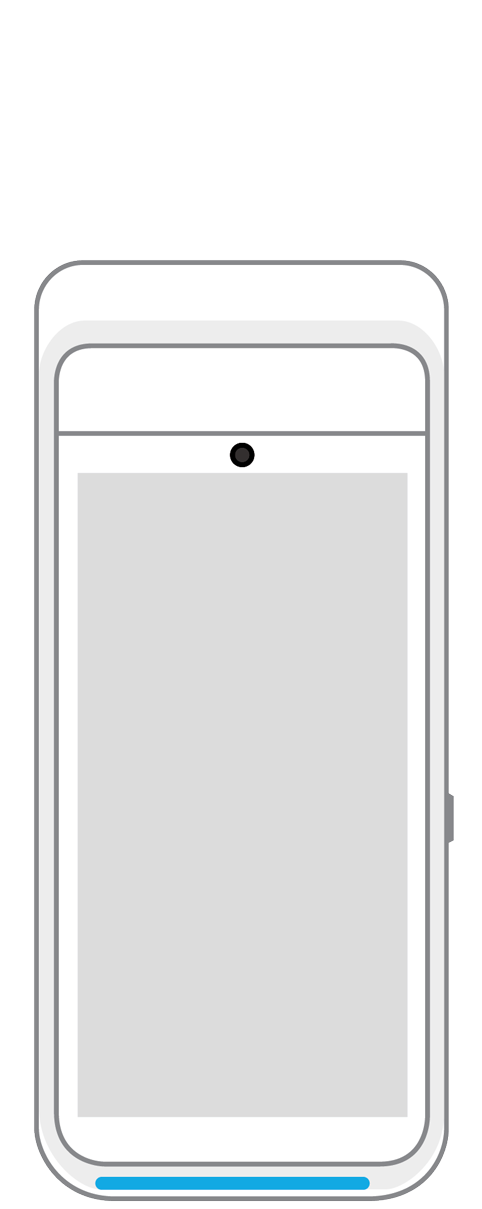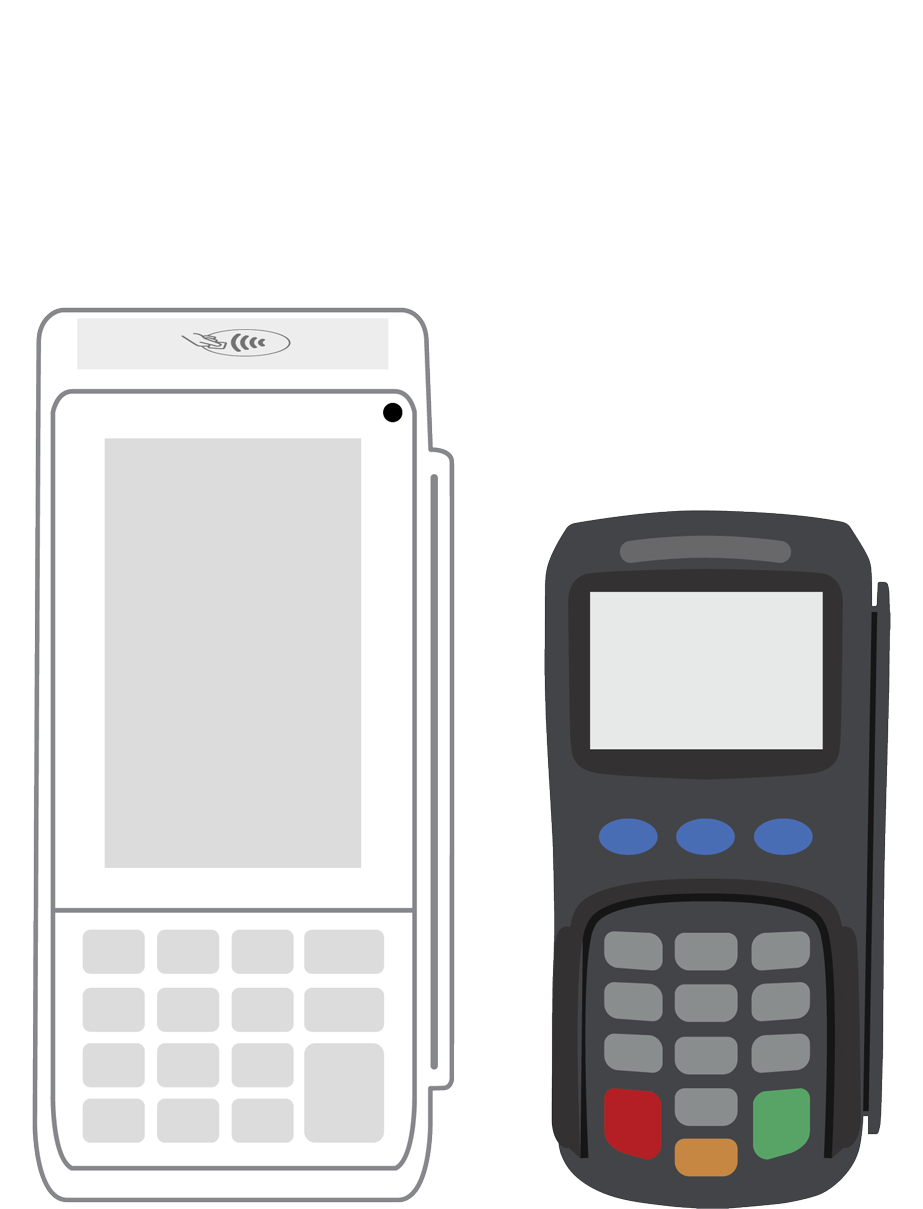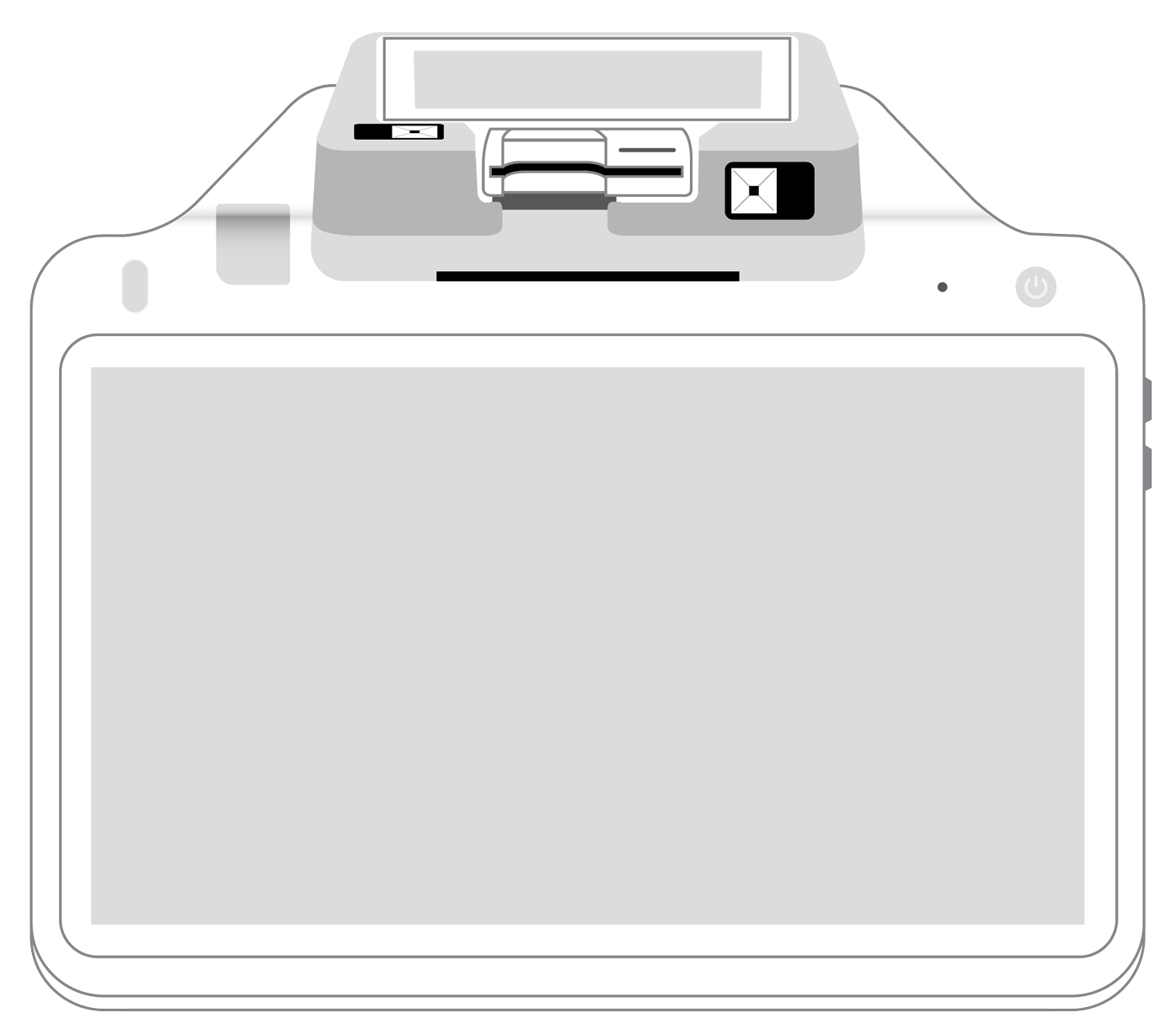Why POS systems are the future of commerce as we move towards a cashless society.

Not so long ago, the idea of a totally cashless society seemed as fantastic as flying cars or time machines. However, the recent turbulence brought about by the pandemic has led to a change in the way goods and services are bought and sold. As we continue to navigate these times of disruption and evolution, it makes sense to take some time to imagine what life would be like in a totally or semi-cashless world, specifically how the point of sale systems we currently use to process credit card transactions will be a vital part of the equation.
Point of sale systems defined.
At the most basic level, your POS is designed to take customers’ card payments when they bring their purchases to the checkout counter. They simply tap, wave, or swipe their credit or debit card on or near your card reader, which takes the information and then transmits it to the payment processing company. The data is then screened for fraud, and it is determined whether the customer has sufficient funds to complete the sale. Within just a few seconds, the transaction is finished — with maximum security and no exchange of cash necessary.
Here are just some of the advantages of using a POS system.
- Transactions are fast and efficient. As a result, the line at your cash register will move much more quickly.
- Security remains a top priority. Through the exchange of information between the POS, the processing company and the other players involved, data is tokenized and encrypted. You, the merchant, never have access to the buyer’s payment details and sensitive credit card information, and it can’t be intercepted by hackers either.
- As a seller, your POS keeps an ongoing record of what is purchased, when and even by whom if you have set up a customer database. No longer do you need to rely on your memory or the retrieval of paper receipts if you have questions.
- Whereas buying products with cash cannot reliably be tracked, customers will now receive verification of their purchase via a receipt that you print out or email. It will also be recorded on their credit card statement. Consequently, the disputes or returns processes are no longer “he said she said.”
- Tax time becomes much less of a bureaucratic nightmare when all of the quarterly or annual information can easily be gathered and made into clear reports that your accounting team can input into the required IRS forms.
In sum, cash is virtually untraceable. It can be stolen or lost, and purchase records are more likely to be unreliable or even nonexistent. By contrast, electronic payments facilitated by a modern POS are clear and trackable by all parties, making security and accountability possible.
Personalization: the final advantage.
Nothing could be more anonymous than making purchases with cash. As soon as a customer leaves the store, they become nothing more than a faceless number. While this may be attractive to some, recent years have seen a marked increase in consumers’ desire for an individualized shopping experience. Incorporating a POS into every aspect of your business can bring this highly customized buying journey to your valued visitors. These are the most important ways you can put your POS to work for cashless customers.
- Fire up your client database. The key is to encourage visitors to give you their contact details and salient facts about themselves. You can then create a database where all of these nuggets of information are stored, ready for instantaneous retrieval when you want to launch a promotion or marketing campaign.
- Track your inventory. Use a barcode scanner to record each piece of merchandise when it is delivered. You can then monitor its progress through your system: How long did it take to sell? What time of the week or day did the purchase occur and by whom? Was it ever returned? If so, why? All of these details certainly assist you in optimizing your stock and re-ordering, but they also help to create that individualized experience that buyers now demand.
- Create a loyalty program. Now that you know who is making the purchases and how often they are visiting your shop, you can start a loyalty program that rewards frequent purchasers. Make it even more tailored by capitalizing on your POS’s ability to retrieve shopping histories, and you will be able to entice customers to make additional purchases compatible with their former ones.
As we move gradually toward a society where the use of cash is rare or gone altogether, you can think of your POS as the virtual wizard and master of your records. Locked inside it and remotely in the cloud are all the details you need to optimize your inventory, keep your bookkeeping systems running accurately and smoothly, promote fast and secure payments, and maximize each person’s unique buying experience. If you haven’t already upgraded your POS hardware and software, now is the time to discuss doing so with your payment service provider. It’s one of the best ways to enhance your business and please your customers.
 3-in-1 Reader |  Terminal |  Keypad |  PINPad Pro |  Flex |  POS+ | |
|---|---|---|---|---|---|---|
Payment types | ||||||
EMV chip card payments (dip) | ||||||
Contactless payments (tap) | ||||||
Magstripe payments (swipe) | ||||||
PIN debit + EBT | ||||||
Device features | ||||||
Built-in barcode scanner | ||||||
Built-in receipt printer | ||||||
Customer-facing second screen | ||||||
External pinpad | ||||||
Wireless use | ||||||
Network | ||||||
Ethernet connectivity | With dock | |||||
Wifi connectivity | ||||||
4G connectivity | ||||||
Pricing | ||||||
Free Placement | ||||||